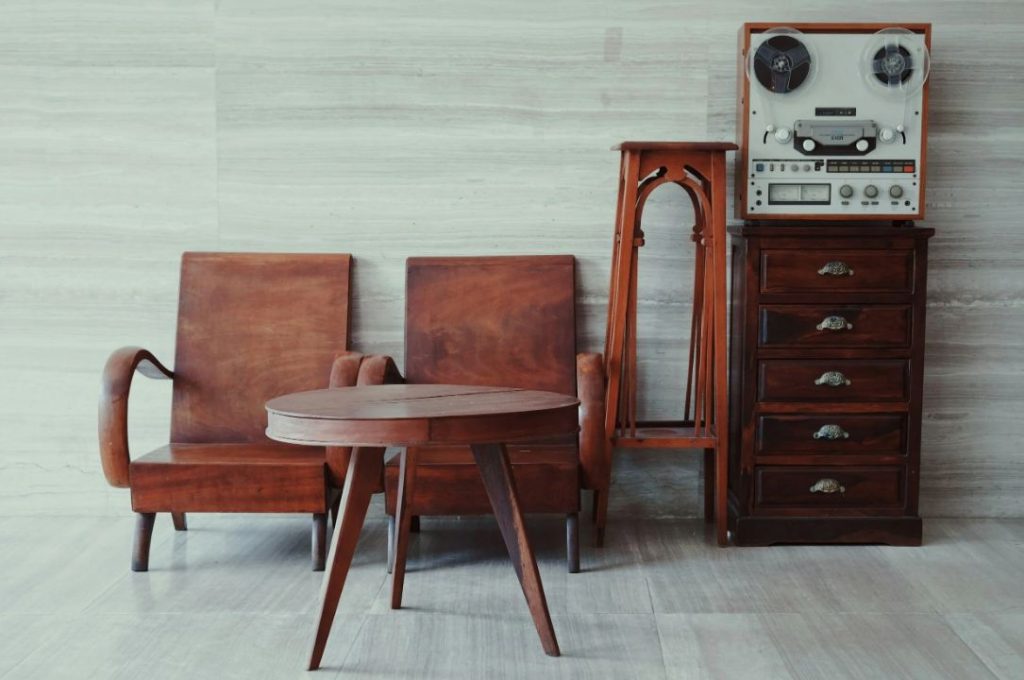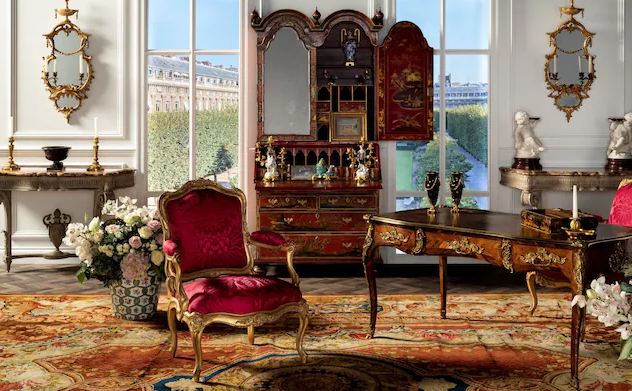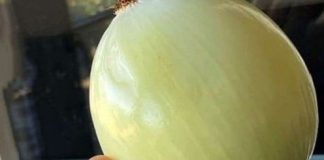In many homes, coasters are a familiar accessory meant to protect tabletops. Yet long ago, there was a more obscure form of coaster used for furniture itself. These vintage furniture coasters have been largely forgotten, but they carry both charm and practicality—and deserve renewed attention in modern décor.
What Were Vintage Furniture Coasters?
Vintage furniture coasters were typically small plates or pads placed beneath the legs of chairs, tables, or other heavy items. Made often from glass, they served to distribute the weight more evenly and prevent damage from scratching or indenting flooring. Over time, these plain functional pieces evolved into decorative objects, with etched designs, ornate patterns, and colorful accents. Their utility came first; artistry followed.

From Beverage to Furniture: The Evolution
The concept of a coaster began centuries ago as a small mat or tray to hold cold drinks, insulating surfaces from moisture or condensation. Later, as furniture designs became more delicate and interior finishes more refined, there emerged a need for protective supports under legs. Vintage furniture coasters merged utility with aesthetics, allowing homeowners to preserve the integrity of wooden or delicate floors while adding decorative flourish.
Materials, Designs, and Craftsmanship
These furniture coasters were often crafted from durable and elegant materials: thick glass, polished metal, ceramic, or even stone. Many featured elaborate etched or molded patterns—floral motifs, geometric shapes, or decorative borders. Some were slim and discreet; others bold and striking. Regardless of style, the craftsmanship was intended to complement both the furniture and the room.
Decline in Use and Cultural Shift
Over time, mass-produced furniture and modern flooring materials reduced the perceived need for leg coasters. Carpet, laminate floors, and inexpensive furniture with built-in protective pads displaced the once-custom approach. As tastes shifted and convenience became dominant, these coasters fell out of everyday use. Many were stored away, lost, or discarded, leaving only a few dedicated collectors and antique enthusiasts who preserved their legacy.
Why They’re Making a Comeback
Nowadays, interest in vintage and artisanal home décor is growing. These furniture coasters offer a blend of form and function: they protect floors, safeguard finishes, and add visual character. Because many are still in good condition, they are often rediscovered in attics, flea markets, or antique stores. Their revival taps into a desire for thoughtful, handcrafted elements in modern interiors.
Creative Repurposing and New Uses
Even damaged or incomplete coasters can find new life in creative ways. Broken segments make excellent tiles for mosaics or garden stepping stones. Colorful fragments can be integrated into stained glass projects or wall art. Paired with modern furniture or materials, vintage coasters can function as trivet bases, candle risers, or plant trays—merging past and present in clever DIY projects.
Where to Find Them
These coasters occasionally appear in local thrift shops, antique fairs, or flea markets. They’re also available online through specialty sellers or vintage marketplaces. Because they often reflect regional craft traditions, hunting locally may yield unique styles not mass marketed. For those seeking authenticity, patience and persistence can pay off.
Tips for Use and Care
If you adopt vintage furniture coasters, first clean them thoroughly—use gentle soap and soft cloths to avoid scratches. Place them under furniture legs that bear weight evenly; irregular or wobbly legs may cause breakage. Match coaster size to leg footprint to distribute load. Avoid exposing fragile materials (like glass) to sudden temperature changes. And for decorative arrangement, group them symmetrically or in pairs to maintain visual balance.

Combining Old and New
One of the strengths of vintage furniture coasters is their versatility. They can be paired with contemporary furniture to lend warmth, or used selectively in rooms emphasizing eclectic or historic decor. Because they tend not to overpower a design, they blend well with wood, metal, or even minimalist styles—providing a subtle bridge between eras.
Conclusion
Vintage furniture coasters are more than relics. They’re reminders of a time when small design details were integral to a home’s character and durability. Today, as interest in handcrafted and sustainable décor grows, these items offer both beauty and utility. Rediscovering them can lend personality and protection to your interiors—bringing elegance and function back into harmony.

















